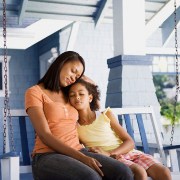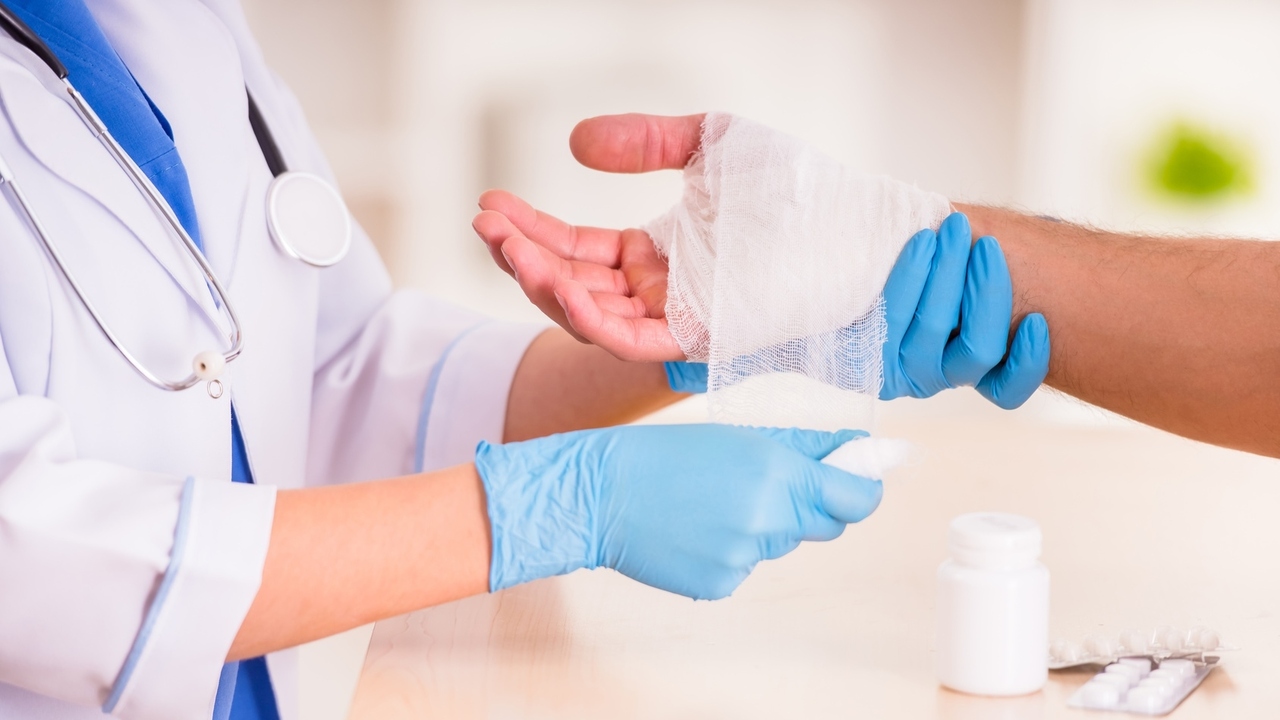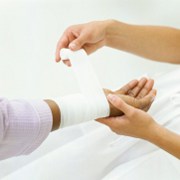 Photo: Getty Images
Photo: Getty Images
It is important to remember that the most common burn injury in children is caused by hot or scalding liquids. According to the American Burn Association (ABA), most burn injuries occur in the kitchen or bathroom.
Children are often the ones burned because they are naturally more curious and active than adults. Furthermore, because of their young, thin skin, it takes less heat and less exposure time to cause a burn of greater severity than in an adult.
As your households and kitchens start to get busy with the onset of the holidays, remember to follow a few simple tips from the ABA to keep children safe from burn injuries.
First, consider creating a kid-free kitchen. If children are absent from the kitchen, they won't be able to reach for a simmering pot or touch or lean against a hot appliance.
Next, if your children are very young, avoid decorating your dining tables with table cloths or runners to protect them from burn injury. This way, they won't be able to pull on fabric, spilling and burning themselves with hot liquids or food.
Finally, the American Burn Association recommends turning on the cold water first and test the water before a little one enters the bathtub. The ABA also reminds us that children can get a burn or scald injury from electric potpourri pots, vaporizers, or home radiators.
Older adults and people with disabilities or special needs are also high-risk groups for burn injuries. An elderly person’s sensitivity to heat may be diminished due to medical conditions or medications, making their reaction time slower and the burn worse.
Older adults, who are prone to falling or poor balance, should avoid carrying hot liquids. Carrying or moving hot liquids is dangerous and difficult for someone in a wheelchair or who uses a cane or walker. Individuals with impaired intellect may also be at risk for a burn injury since they are often unable to recognize a dangerous situation.
Remember, it only takes a split second for a toddler or young child to pull over a cup or container and cause a scald. Thankfully, a few simple precautions can prevent a serious burn injury.
Sources:
American Burn Association. Scald Injury Educator Guide. Web. 02, Nov. 2011.
http://www.ameriburn.org/Preven/ScaldInjuryEducator%27sGuide.pdf
Keep Kids Healthy. Burn Safety in Children. Web. 02, Nov. 2011.
http://www.keepkidshealthy.com/welcome/safety/burn_safety.html
Reviewed November 3, 2011
by Michele Blacksberg RN
Edited by Jody Smith






Add a CommentComments
There are no comments yet. Be the first one and get the conversation started!